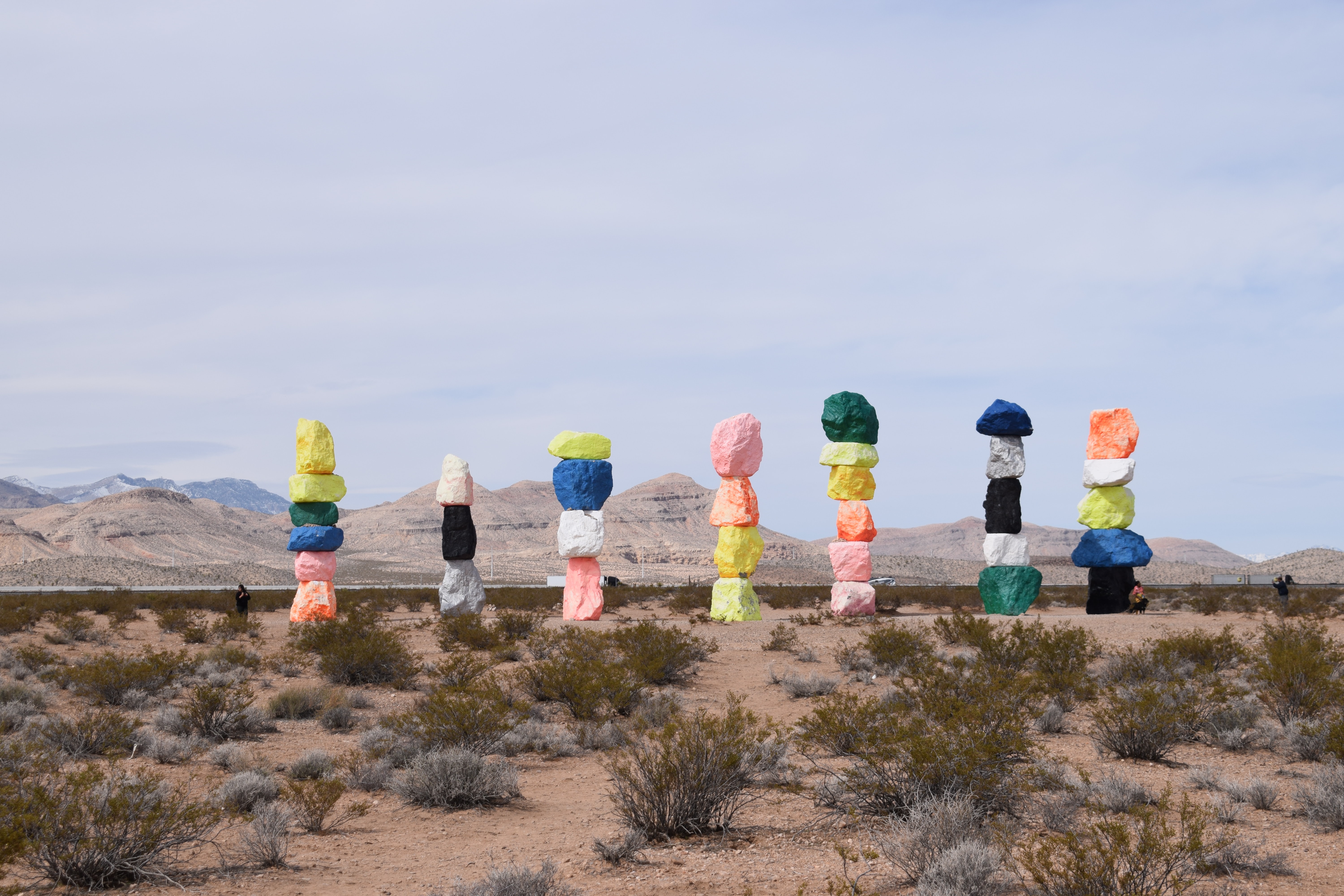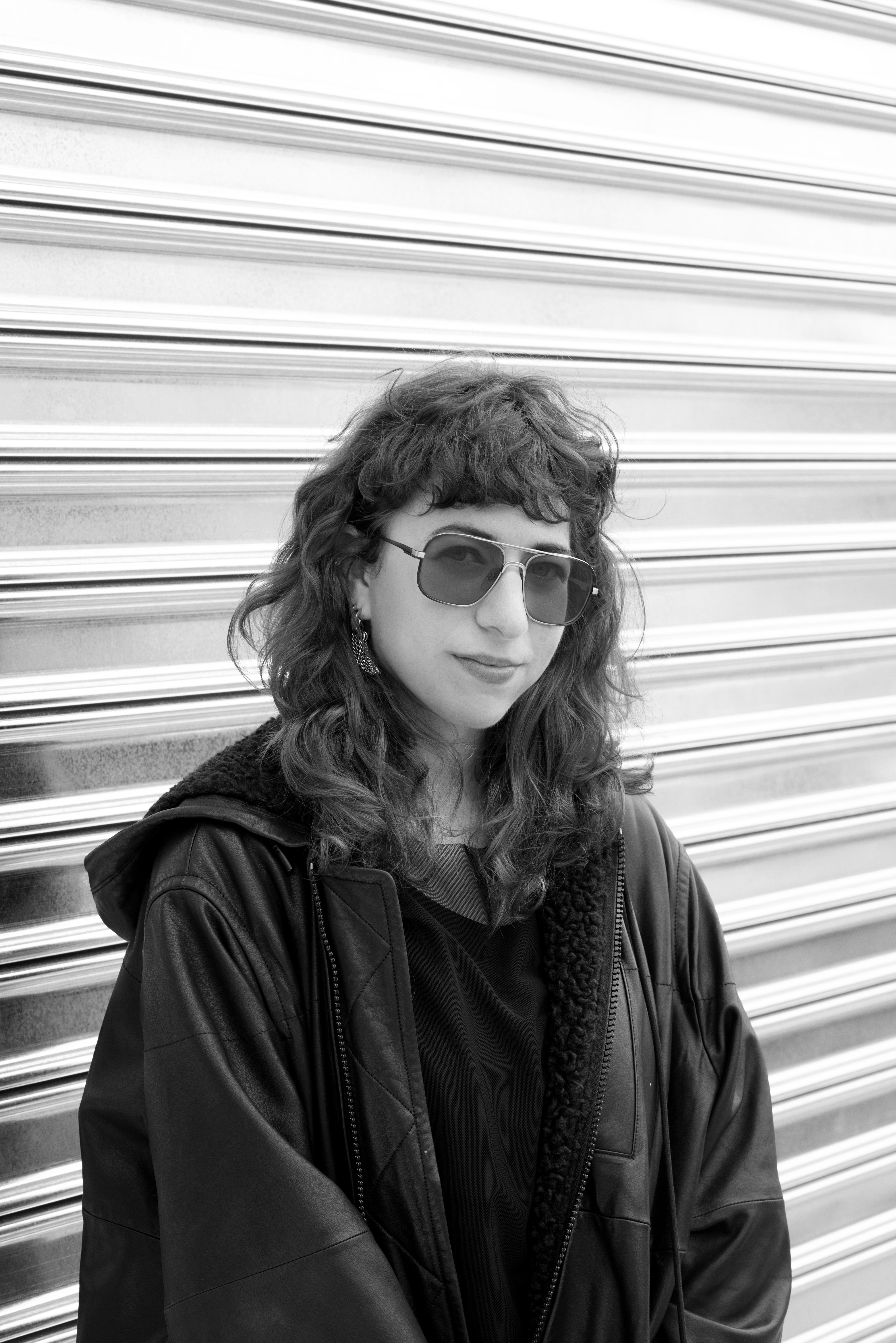Project Management: An Introduction For Artists
Most artists tend to dream of working diligently and purposefully on your art. For many, it’s an unpleasant surprise to realize just how much non-art work has to happen to support your art.
That’s certainly what happened to me. I certainly didn’t anticipate how much time it would take to coordinate ceramics sales, pack and ship orders, communicate with my studio to let them know about my own deadlines, and post about my work regularly on Instagram. I thought I could just toil away pleasantly in my studio and the rest would take care of itself. But that definitely hasn’t proven to be the case.
Fractured Atlas recognizes that artists are multi-taskers, wranglers of teams, development departments, and your own hype machine. Especially when you are working towards a big deadline or a big launch, you might be coordinating with a number of different people on a number of different tasks, all with different deadlines. It can be overwhelming to manage so many spinning plates. Feeling overwhelmed by all of the tasks required to create your work can lead to your own burnout, poor communication with your team, and a lesser final product than you are capable of.
Thinking about your art through the framework of project management, using project management tools can help you handle the administrative and coordination-based tasks that make your work possible.
A project management mindset can help you keep track of your responsibilities in a way that feels manageable and contained, can improve your communications with collaborators and partners, and can help you see how your actions all fit into helping you achieve your larger vision.
What is Project Management?
At its core, project management is exactly what it sounds like. Project management is the structuring of steps to help you reach a goal within a set of constraints like time, resources, or budget. Projects are generally thought of as time-limited and specific.
A lot of thinking about project management comes from the business world and, in particular, the tech sector. In the tech world, a project might be the launch of a new app or the redesign of a website. But the framework is still applicable to artists. For an artist, your whole career wouldn’t be considered a project but putting on a play, creating merch to sell at holiday markets, or applying to a slate of spring grants might all be considered projects.
There are different approaches to project management like agile, kanban, and waterfall, but they all share the same basic steps. We’ll outline the steps using the example of an independent theater company.
1. Initiation
This first step determines the nature and the scope of your project. What is it that you want to do? How big or how small? Our hypothetical theater company might use this first step to determine if they want to do a play, a staged reading, a series of unconnected monologues, and if they want to do it for one night only, a limited-run, or a multi-city tour.
2. Planning
The planning stage examines how you want to do what you want to do. In this stage, you will build a budget, find the right team, identify possible risks and challenges. Our example theater company would use the planning phase to cast their play, find the director, hire stage hands, find a space to perform, and talk through any issues they anticipate running into.
3. Production or Execution
This is the most exciting part! In this phase, you’ll actually be doing the thing you’ve been planning. For the theater company, this would mean the rehearsals, the tech rehearsals, the performance.
4. Monitoring and Controlling
This part of project management actually happens throughout the lifecycle of a project. It’s the space for you and your team to check in on how you’re doing, if you’ve gotten off track, and how to realign yourselves with your ultimate goals. For the hypothetical theater company, it could mean confirming that steps like building the set, getting everybody off-book, and designing and constructing costumes are happening when they should be happening. It could also mean check-ins with the team to make sure that everyone has the resources they need to do their part and to figure out how to get people what they need if they are struggling.
5. Closing
All good things must come to an end. The final phase in project management is giving it a graceful end, closing the loops. For this theater company, this might mean a reflecting session with the actors and tech team to talk about how it went, a cast party to celebrate, and making sure that all outstanding invoices have been paid.
Why Project Management is Important for Artists
It might feel like considering your project through the lens of project management is giving yourself more administrative work or that using the vernacular of the business world to understand your art is selling out. But in reality, your art will always require some administrative elements. Even shopping for materials and making sure that you are staying within a budget that you’re comfortable with is administrative work. Finding a studio is administrative, as is responding to requests to purchase work.
If you give yourself a framework to understand those administrative aspects of your work, you can break them down into more manageable pieces and remind yourself that the reason you’re responding to emails or creating spreadsheets is that it ultimately feeds into realizing your creative vision.
Project management can help you establish expectations and boundaries to support your team as well as yourself. If you’re able to share with your team exactly what you’re envisioning, how they fit into it, and a timeline for when things need to happen, they’ll have a better sense of what you need and can plan their own workflows accordingly.
A project management mindset can help you remember that even if you find yourself doing the unsexy administrative work of your creative practice, it’s only a phase in the project and you’ll be in the thick of creating soon. And you’ll be better able to focus creative energies if you’ve done some admin and planning ahead of time.
Getting Started with Project Management: 6 Questions to Ask Yourself
As you’re starting to incorporate a project management framework into your creative process, it’s helpful to start with a few questions to guide your work.
- What is it you’re trying to do or accomplish? You likely have a number of big dreams for your life as a creative, but as you narrow it down to what your next few months or years look like, ask yourself what it is you’re trying to do. Do you want to shoot and premiere a full-length film? Complete a screenplay? Secure grant funding so that you can quit your day job for a period of months? Once you know what you’re trying to do, you can start to do it.
- What resources do you need? What do you need to pull together to realize your vision? This could include money, rehearsal or performance space, physical materials, and a team. Your needs might change as you get into the execution stage of your project, but thinking about resources ahead of time can help you avoid a scramble later on.
- Who needs to be involved? No creative work happens in a vacuum and you likely need to work with other people to accomplish your goals. As you plan your project, ask yourself who needs to be part of it and when they need to come on board. For example, you might need a producer for your play to come on board in the early planning stages of the project and a PR person to come in towards the end of the execution stage. Consider who you need, when you need them, and how you’ll be communicating with the team.
- What are the phases of your project? As you prepare your project, you’ll want to think about the phases that it will require. This will depend on the kind of project you’re trying to complete, but some examples could include writing, fundraising, shooting, editing, promoting, and premiering a film. Speaking as a ceramicist, phases for me might include throwing, trimming, glazing, photographing, and selling work. Setting up discrete phases can help you see that your project is moving forward even if the final result feels far away.
- What is the goal or ideal outcome? If you know what your best case scenario looks like, you can use that to measure your success or figure out how to stay on the right track to get as close as you can to that scenario. It could mean raising a particular amount of money, selling a certain amount of tickets, or getting an offer to take your show on the road.
- How long will your project last? Some projects have very open-ended timelines with no clear end-point, but you might expect that it will take months versus weeks or years. You might also have a project with a very clear deadline like a festival or a market or a gallery show. Knowing when a project will end can help you work backwards and plan when steps need to happen in order to get you to your deadline gracefully. Thinking about your timeline can keep you accountable to yourself and set expectations for your team.
Project Management Can Support Creative Work
Bringing a project management mindset into your creative practice isn’t about bringing in more administrative structure for the sake of it. Using the framework of project management and project management tools can help support your creative work.
It can help you determine what you want to do, what you need to do it, and how long it will last. Project management can help you reframe the administrative parts of your work by reminding you that they are feeding into your larger goal. It can help you figure out who you need to bring in to your team and then set expectations with that team so that everyone’s time, energy, and boundaries are respected.
As you continue to create powerful, inspiring work, you’ll certainly be doing a lot of work yourself. But you might come to a point where you are thinking about bringing in a professional. When is it best to go DIY and when should you call in the pros?
About Nina Berman
Nina Berman is an arts industry worker and ceramicist based in New York City, currently working as Associate Director, Communications and Content at Fractured Atlas. She holds an MA in English from Loyola University Chicago. At Fractured Atlas, she shares tips and strategies for navigating the art world, interviews artists, and writes about creating a more equitable arts ecosystem. Before joining Fractured Atlas, she covered the book publishing industry for an audience of publishers at NetGalley. When she's not writing, she's making ceramics at Centerpoint Ceramics in Brooklyn.


